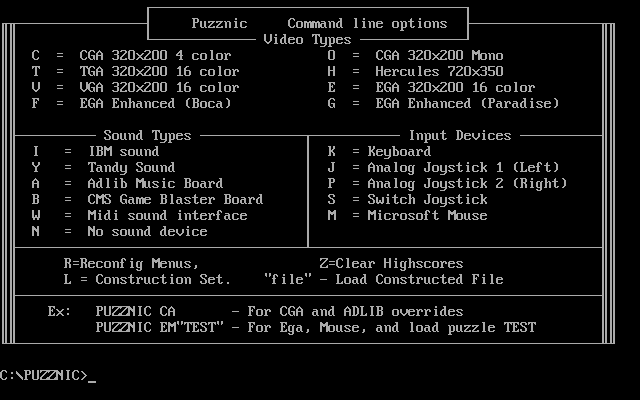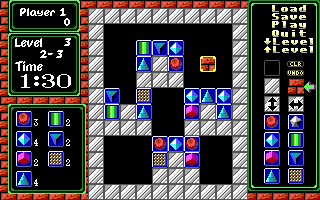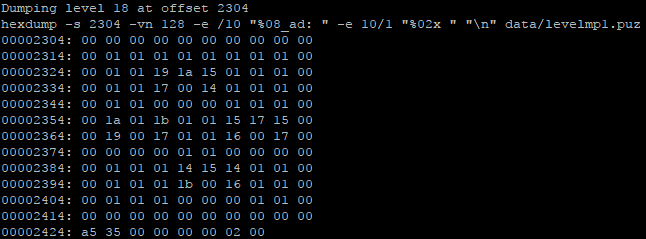(In a previous blog post I ranted about the latest rumor regarding MS having yield problems fabbing their large APU for the XBone, and promised a follow up with some possible implications...)
So, let's look at some #potentialscenarios ASSUMING that the rumors are true.
(Remember all that cloud-computing nonsense? Makes sense they'd trott that out if they knew they there were...erh... dark clouds ahead. "Don't worry, the out-of-the box performance doesn't matter when we have... the cloud!" Anyhoo...)
FAB scenarios
Microsoft could just go ahead with what they've got. Low yields doesn't necessarily mean no-yields. Eat the cost and test for the 'golden samples' that hit the specification they want, or maybe even push out HW that will fail down the line, but prepare to eat that cost red-ring style (warning sign: generous warranties). Long term, MS could still be good, if they can get to the next process shrink, they just have to suffer through the pain for now.
This could mean very low availability and/or very high cost at introduction. Want an XBone under the Christmas tree? Better hope you're early in the pre-order queue. Microsoft are rich, which is good because this could be a very costly adventure.
Second option, Microsoft could downgrade; specify a lower performance target that is low enough that they get they yield they need, while not crippling the APU too much. The raw GPU performance on the XBone was already believed to be quite a bit weaker than the PS4, and this would only make it worse. Could even make it much worse. We're talking a noticable difference here. 1:st party Sony devs would be able to outperform MS exclusives easily. Multi-platform games would have better frame-rates on the PS4, or maybe even same frame-rate at higher resolution. XBone version lose some layer of shader effects.
This is the scenario that seems most likely at this point in time, based on what I've read about this rumor. The exact 'cost' is of course WILD speculation, but we're talking a significant performance delta here, not the stale-mate that we had Xbox360 vs PS4 between their respective exclusives.
Third option they could delay, and work with their fabs till the process is good enough to get the yield they require. This would potentially, though of course no dates have been announced, mean giving up the holidays to Sony. If you're Microsoft, that probably doesn't seem like a very good idea.
Developer scenarios
One reaction to this is that it doesn't matter. The XBone is good enough that people will be happy. This is true, I don't expect anyone who doesn't directly compare against the competition to decry its performance.
You can also say that this makes the XBone the lowest-common-denominator, and games are written for the LCD. This has been true, but I hope this will change. If you need a picture in thee different resolutions, you don't start with a 100x100px image and scale it up to 150x150px and 300x300px. You start with the larger image and sample down, because this yields the best results.
It's true that in this current generation games were ported from the 360 to PS3 and PC, which never made sense to me. I hope and believe that games will now instead be ported from the PC to the 360 and PS3 (half because I want it to be so, half because they're now closer in architecture than ever before). If this happens, the LCD factor won't hide the performance difference.
Exclusives may simply look and feel much better, graphics wise, on the PS4. They will have more room to play with resolution vs graphical fidelity vs frame-rate.
Lifetime scenarios
If the XBone is downgraded, that may mean that we must subtract from its lifetime, meaning this next cycle will actually be a short one. Granted, our current console cycle has been pretty long (or at least it feels like), but IMO these consoles are already far behind the state-of-the-art. In performance I mean, not price/performance, but consoles have fixed performance, while PCs do not.
Furthermore, that they're now all on x86-64 means it'll be easier to roll out new hardware while maintaining a high degree of compatibility, maybe even full backward-compatibility. That would allow the platform holders to more readily push out new hardware down the line. They don't WANT to of course, but they may have to.
(Another thing I believe may point to a shorter cycle is that these devices aren't designed for "4k" and beyond. I believe that "4k" will have a significant market share in three-four years, maybe even sooner on the PC side. With this evolution comes even faster graphics cards on the PC side, leaving the consoles even further in the dust.)
E3 Scenarios
These events are always a lot of "show" and very little "tell", but if this rumor is correct, this may be even more true this time. Even if you see something running on a devkit, you can't know if that devkit is running final spec. Granted, the software will probably be so early that it won't matter anyway, frame rates always improve at the end of the project. That said, there might be games that have to lose a rendering pass or some effect just to make their target (whether 30 or 60fps). (This is very flimsy, I know)
Equal Opportunity Scenarios
There's still plenty of time for Sony to fuck things up. Don't believe for a minute that just because I've ranted a lot about MS here I believe Sony to be some knight in shining armor. They've said all the right things on the technology side so far. There's no doubt in my mind they'll fuck it up service side.





Log in to comment